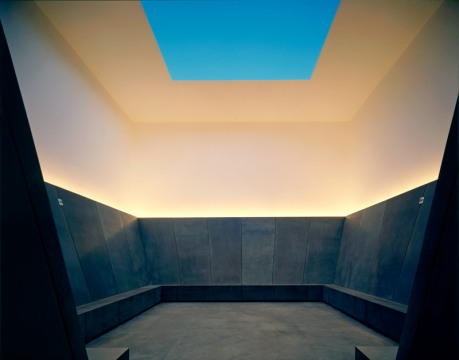
How we interpret such sculpture is considerably determined by where we see it. If it's in a gallery, we 'read' it as art; if it's in a city square, we will still expect it to be a monument (Seine 112).Location is integral in the creation of Land art, and if it is within a gallery or museum setting, its purpose as Land art is invalidated. Thus the concept of site-specificity is prevalent in determining which art is Land art and which art is Public. Look at the Venn diagram below to see how I have placed the decidability of site-specificity for certain works:

Again, Land art stands apart from Public art and sculptures within sculpture gardens because the context of location is paramount in the creation of Land art pieces. See James Turnell's Sky Pesher. Is it Land art because of its specific location, or is it another sculpture for the Walker Sculpture Garden because of its location?



No comments:
Post a Comment